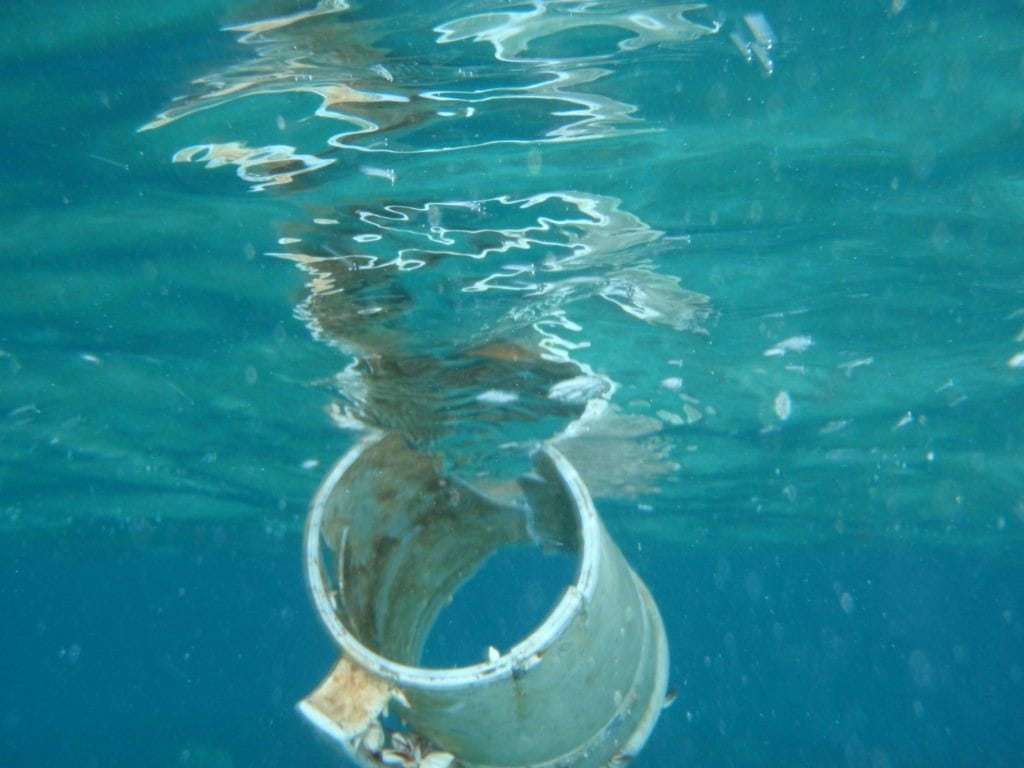GENEVA (AN) — Tiny plastic particles are "everywhere" in nature, including drinking water, posing a problem that urgently requires further study despite no proof yet of a threat to human health, the World Health Organization said.
Oceans, landfills and public spaces are filling with degraded bits and pieces of discarded water bottles, toys, industrial parts and other sources of plastic pollution.









